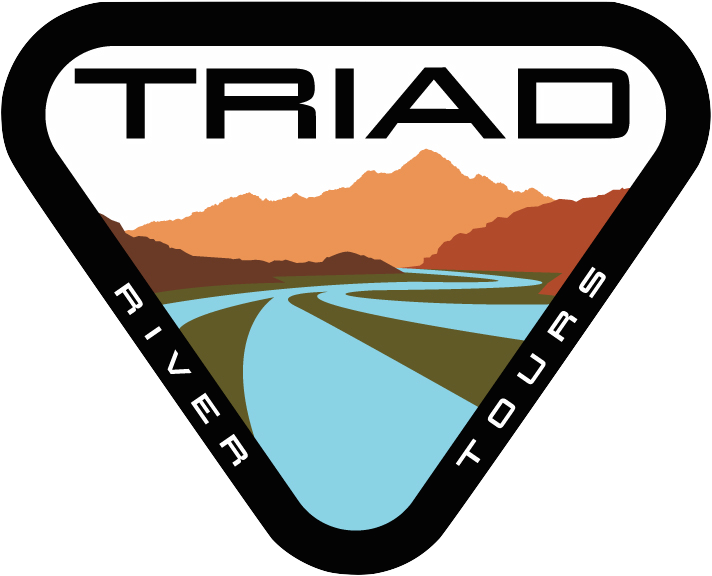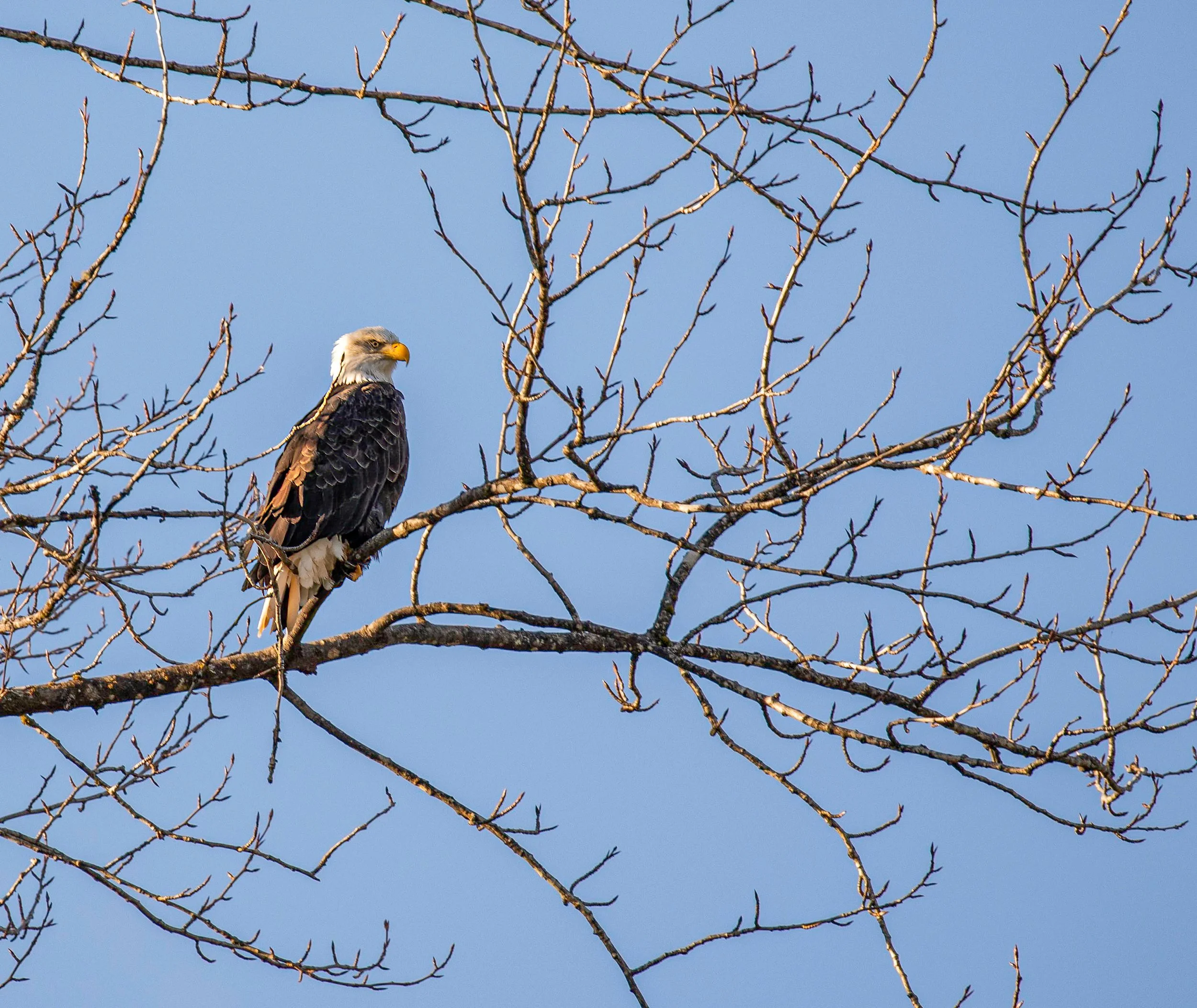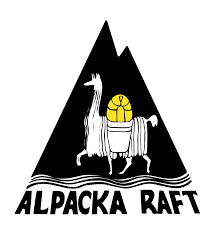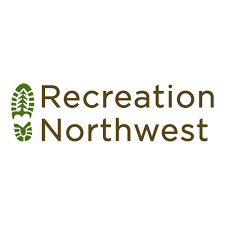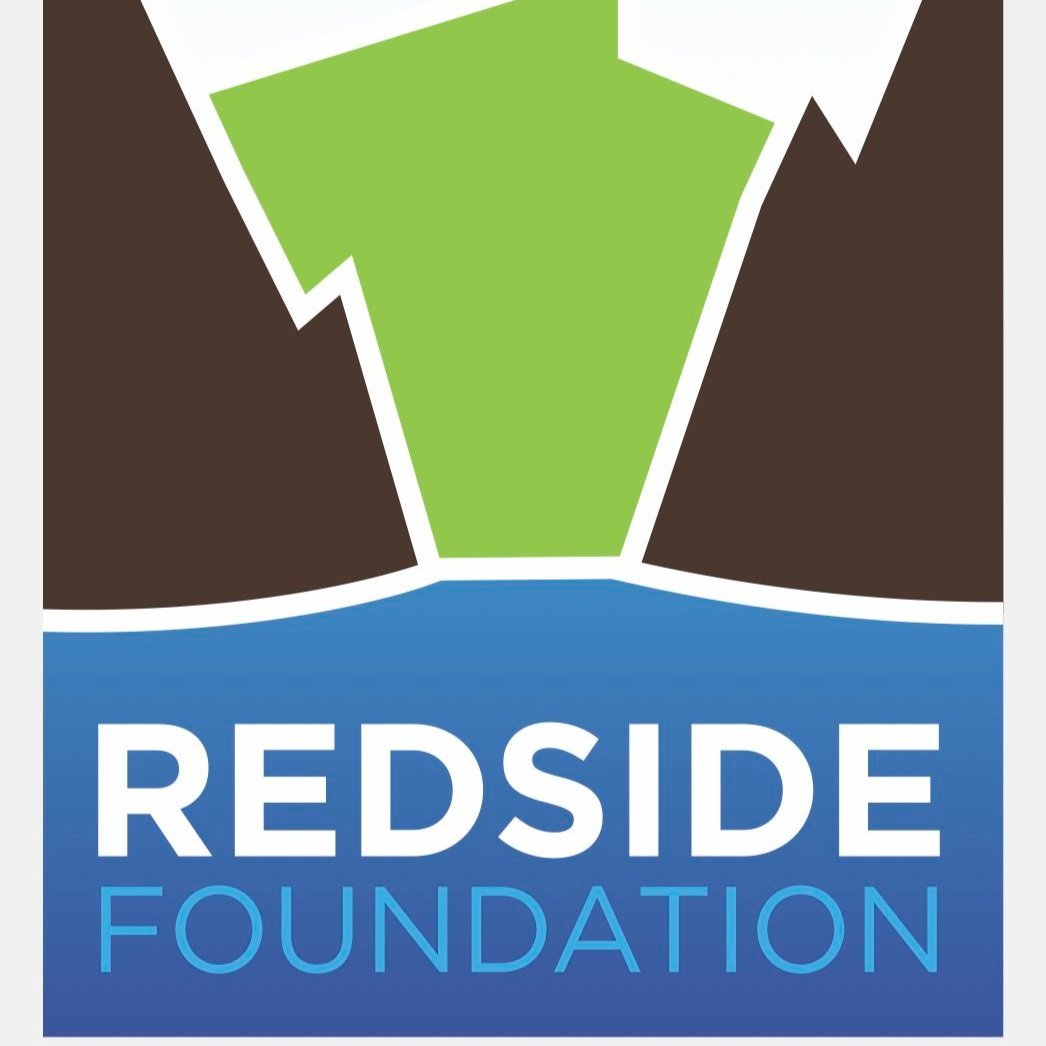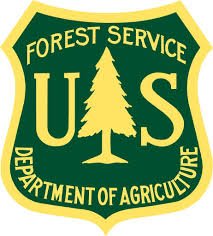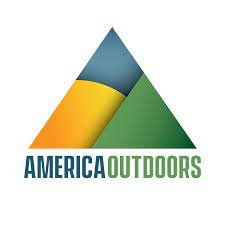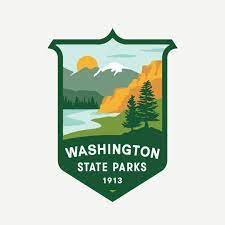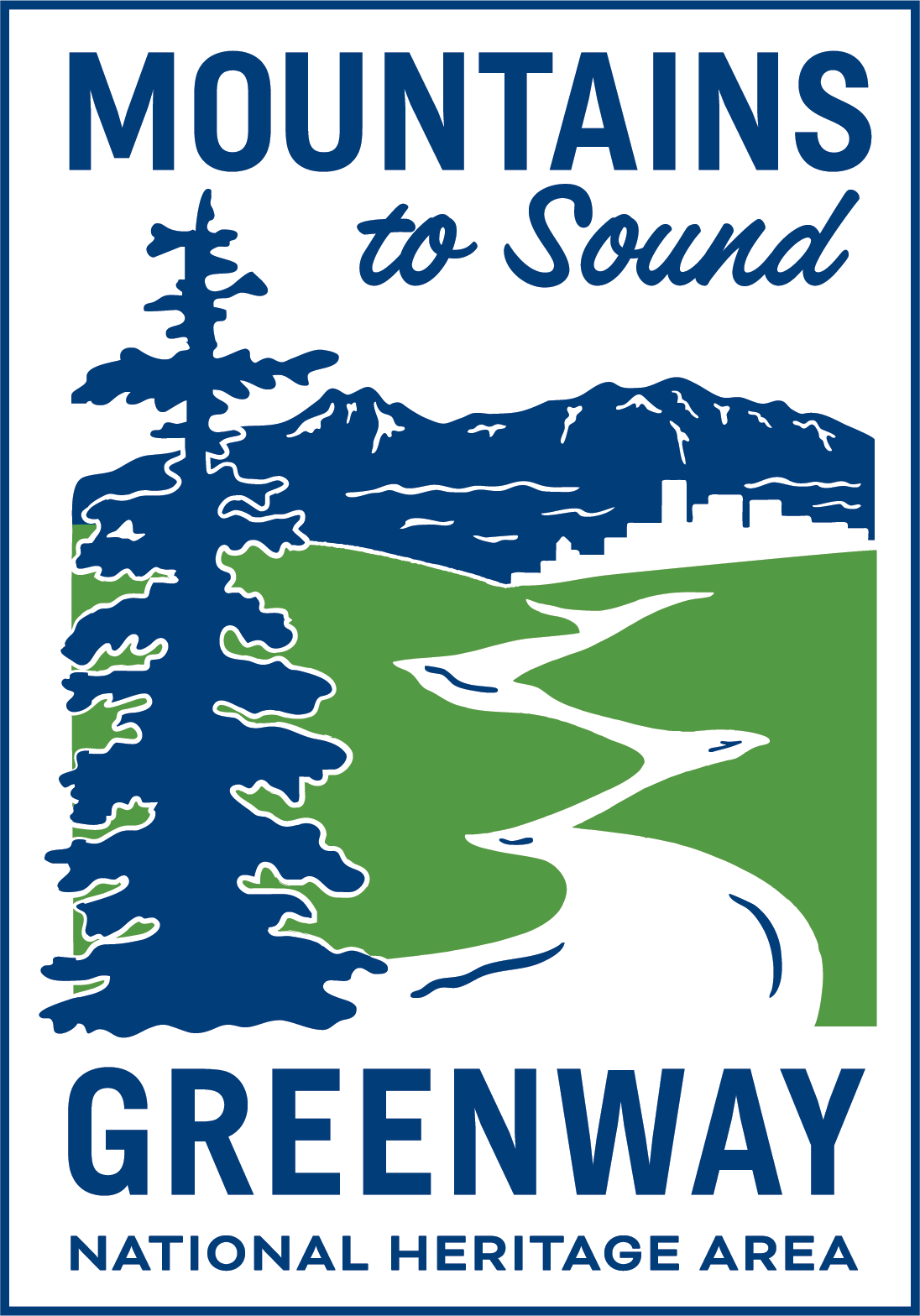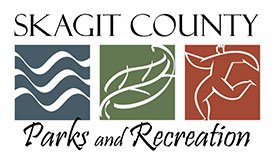Many envision hopping on a plane when going on a vacation or traveling. When you live in Washington, you don’t need to travel far for a sustainable adventure and natural beauty. Here are some reasons why taking a vacation locally might just be better than a long distance vacation.
How the Salish Sea got its Name
The Salish Sea is a popular body of water that encompasses the Strait of Georgia, the Strait of Juan de Fuca, and the Puget Sound. Locals are enthusiastic about its important role in the ecosystems of the Pacific Northwest, but despite its importance, it was nameless until only recently. Read on if you want to explore the history behind the Salish Sea’s name.
How to Keep Your Dog Safe on a Whitewater Rafting Trip
What Foods Should You Pack for a Whitewater Rafting Trip?
The Nooksack Dam Removal
The Best Places for Environmental Volunteerism in Washington
Open Doors to the Outdoors: Inclusion in Washington State Wilderness
Participation of Washington outdoor recreation continues to be homogenous, consisting of mainly white faces. The discussion is layered in history and deeply engrained biases, but beginning to explore historically underrepresented people’s experiences is the first step in understanding how outdoor spaces are shaped to exclude certain groups.
PNW Podcasts You Should Listen to When You're Itching to go Outside
Salmon: The Lifeblood of Pacific Northwest Indigenous People
Many people associate salmon as an option on a restaurant menu, but the fish are much more significant to Indigenous tribes in the Pacific Northwest. Salmon runs in the blood of Washington Indigenous people so much so, they’re called the Salmon People. Salmon are not only their main source of food sustenance but also a driving force in spiritual sustenance.
5 Major Health Benefits of River Rafting
The Differences Between Rafting and Kayaking
Why Rivers Matter
Five Key Components of a Good Rafting Story
Best Books for Getting to Know the North Cascades
Seattle Staples: The 4 Pacific Northwest Essentials (For Whitewater Rafters and Residents)
The First River Runners
Triad River Tours was founded in 2012, but humans have been on the rivers for hundreds of years before us. Many pacific Northwest tribes have historically relied on the region’s rivers for survival; they provided transportation, food, and water year-round. These tribes gained a deep understanding of the rivers and how to live in balance with them, keeping what they needed without destroying the river. One of our goals as a whitewater rafting company is to keep this balance ourselves. Here are some of the tribes that made their homes around the same rivers we raft today.
Upper Skagit
The Upper Skagit tribe consisted of many villages along the river, as opposed to one group. Like many tribes in Northwest Washington, they traditionally speak a form of the Salish language, Lushootseed in particular. According to the Upper Skagit NPAIHB page, “Elders’ stories were woven from the river and its surroundings. The stories revealed to the next generation where the best salmon fishing was and where to hunt game in the mountains, how to find sacred ground in the mountains, and where to bathe in the river for healing. Spiritual ceremonies also were held, with smoke and fire as a medium.”
Sauk-Suiattle
The Sauk-Suiattle tribe is also known as the Sah-ku-mehu. Like the Upper Skagit, they speak the Salishan language Lushootseed, which now only consists of a few living fluent speakers. The rivers they ran included the Sauk, Suiattle, Stillaguamish, Cascade, and Skagit rivers. White Horse Mountain in the North Cascades was their homeland, but they would travel in their hand made canoes to Puget Sound, where they harvested fish and shellfish. According to their website, the Sauk-Suiattle tribe had dwindled down to 18 members in 1924, but currently stands at over 300 today.
Nooksack
Many pacific Northwest tribes have historically relied on the region’s rivers for survival; they provided transportation, food, and water year-round.
The Nooksack tribe is one of the oldest surviving tribes in the Washington area. They speak Lhéchalosem, a Salishan language. Nooksack translates in their language to “always bracken fern roots.” They reside in Deming, Washington, about 15 miles east of Bellingham. Their website states that they have lived on the land since the very first humans lived there. They used skills such as fishing, hunting, clam digging, and root gathering for survival, and created allies with neighboring tribes to trade with. Since receiving full federal recognition in 1971, they have increased their land holding to 2,500 acres, and have increased in population to around 2,000 compared to 250 years ago when there were only 1,200 to 1,500 people.
Snoqualmie
Along with the Nooksack tribe, the Snoqualmie have been a part of the Washington area since time immemorial. They lived on the Snoqualmie River from North Bend to the Skykomish River junction. They speak the southern dialect of Lushootseed. Despite this language’s status on the endangered list, they are making efforts to preserve it. They are also very involved in environmental preservation. Many of their beliefs are rooted in their relationship with nature, and how it connects them to their ancestors. They’ve created Environmental and Natural Resources, an organization that, according to their website, “works to enhance, protect, and preserve the environment of the Snoqualmie reservation and traditional Tribal lands through habitat and water quality improvement projects, waste reduction and recycling, energy conservation, and education.”
Lummi Nation
The Lummi Nation has inhabited Puget Sound for thousands of years. They are the third largest tribe in the U.S., with over 5,000 tribe members and 13,000 acres of land. Currently, they reside in a peninsula between Bellingham Bay and Georgia Strait. They speak the traditional Salishan language, with a Georgia Strait dialect. They take pride in finding a balance between using modern technology and honoring the traditions of their ancestors.
While this just barely scratches the surface of the tribes that ran the rivers, I hope you feel inclined to read more about these indigenous tribes. I’ve attached their main websites along with some other sources below so you can read even more about their cultures, histories, and the impact they had on the area.
Sources:
https://www.washingtontribes.org/tribes-map
Upper Skagit
http://www.npaihb.org/member-tribes/upper-skagit-tribe/#1450475820391-49a99642-a785
Sauk-Suiattle
http://www.npaihb.org/member-tribes/sauk-suiattle-tribe/#1450733500099-3a73d48a-0223
Nooksack
https://nooksacktribe.org/about/
http://www.npaihb.org/member-tribes/nooksack-tribe/
Snoqualmie
http://www.npaihb.org/member-tribes/snoqualmie-tribe/#1450475820392-65215ee8-17e6
Lummi
http://www.npaihb.org/member-tribes/lummi-nation/#1450475820391-49a99642-a785
Read more:
Six Things I Learned From the River
Four Reasons Life is Better on the River
Common Butterflies Near Triad River Tours
When it comes to summer insects, my first thoughts are far from positive. Gnats, ticks, and mosquitoes have been the bane of many an outdoor adventure, but they aren’t the only insects in town: summer is also the season of butterflies! They can be found all over the Pacific Northwest, especially during rafting season. I’ll be covering a few of the most common butterflies in our neck of the woods, but there are plenty more in the Washington area to explore here if you’re interested!
Painted Lady
The painted lady is one of the most common butterflies in the world, found on every continent besides Antarctica. The patterns on their wings are somewhat similar to a monarch butterfly’s, and are commonly mislabeled as such, however, monarchs are typically only spotted in eastern Washington, if spotted at all in our state. They are most prominent in California, which is part of their yearly migration pattern, but more and more have been finding their way to our northern states. WSU associate professor of entomology David James has two theories. The first is that the heavy rain California has been getting has caused a major detour in their migration. His second theory is that their sudden rise in population is due to elementary classrooms that have raised entire generations of the butterflies and then released them into the wild, which really isn’t as crazy as it sounds! Either way, the painted ladies are here and they can be spotted on all over our rivers!
Western Tiger Swallowtail
While tiger swallowtail butterflies can be found in nearly every state, there is one species often spotted here in Washington that can only be found out west. The Western Tiger Swallowtail varies slightly from its eastern counterparts with thicker and darker inner body stripes. They are most active between the months of June and July, but can be spotted year round in some areas where the temperature stays warm through the winter. Their ideal breeding ground is wooded areas around rivers and streams. You can spot them near their food source: the wildflowers that grow in the area.
Red Admiral
This is another very common species around the world. The Red Admiral feeds on tree sap and fermented fruit (one of the few species that only drinks flower nectar as a last resort), so it prefers wet, wooded areas. These hardy critters can live almost anywhere they want year round, and they change colors based on the weather they are in. In the summer, their vibrant orange and red spots shine bright on their large brown wings, but in the winter their color dulls down and they actually become smaller.
Butterflies are notoriously friendly and it is not uncommon to meet brave ones that aren’t afraid of humans. Book your next whitewater river rafting trip with us today to see if you can spot any of these butterflies on your trip, and possibly make a new winged best friend!
Sources:
https://www.spokesman.com/stories/2019/may/28/once-common-in-eastern-washington-the-monarch-butt/
https://www.butterfliesandmoths.org/species/Vanessa-atalanta
Read more:
Six Tips for Picking the Best Post-Whitewater Rafting Campsite
Camping out the night before or after a whitewater rafting trip is a rite of passage that many of our guests partake in. But during summer months, planning for a campsite on busy days can be difficult. Some of us have the same campsites we like to revisit each year, others find new campsites each time. Here are some important points to note when locating your campsite on you upcoming overnight rafting adventure.
Four Reasons Life is Better on the River
The value of a whitewater rafting trip in Western Washington goes far beyond big whitewater, thrills, and danger. The benefit of connecting with nature and each other brings forth an almost indescribable sense of calm awareness and quality of life. Here’s a look into some of the intrinsic (and often overlooked) benefits of spending time on a rafting trip.
Winter Bird Watching
The Skagit River is an incredible bird watching destination. While best known as the wintering ground of hundreds of bald eagles (sometimes more than 100 sightings in just one rafting trip!), the Skagit is a winter home for many other fascinating and beautiful bird species. While maybe not as well known as the national symbol, they are still beauties you might recognize!
Trumpeter Swan
A fully grown trumpeter swan can live up to 20 years old.
Trumpeter Swans are characterized by long white necks and black feet and beaks. They used to reside throughout all of North America, but now are rarely found outside of Canada. Washington is the exception in the winter however, and you can find many of them nestling near the rivers, where the water stays active and unfrozen all year long. Nests can be found as close to the water as the partnered swans could make it. They can often be found in pairs, but less commonly in large groups.
Snow Goose
The black outline of their lips is called their “grinning patch” or “smile”
Unlike the Trumpeter Swan, snow geese prefer the company of dozens of fellow snow geese during their travels. While they are difficult to see on the ground due to their unique markings, you will be able to see plenty just by looking up. Click the third link below to see their different color variations. Their breeding grounds are on Arctic tundra. Washington, however, is the exception, and you can find them here in the winter.
Tundra Swans
While Tundra Swans (A.K.A. whistling swan) look nearly identical to the Trumpeter Swan, there are some unique differences between the two. First of all, their populations have not been endangered in the U.S. due to their keen adaptability, so they are much more common than the trumpeter swan. Their young are tinged gray on their heads, wings, and neck. As they grow older, they become whiter, and their beaks have an orange base.
Check out skagiteales.com to book a trip down the Skagit River in the winter for a bird watching trip like you’ve never experienced. If the cold isn’t your thing, book a trip with us here on our website for a warm, summer trip today!
Sources:
https://www.allaboutbirds.org/guide/Trumpeter_Swan/id
https://www.audubon.org/field-guide/bird/trumpeter-swan
https://www.allaboutbirds.org/guide/Snow_Goose/id
https://www.audubon.org/field-guide/bird/tundra-swan
Read More:
Bald Eagles, Salmon, and Winter Floods: The Annual Migration
Skagit River Bald Eagle Rafting
